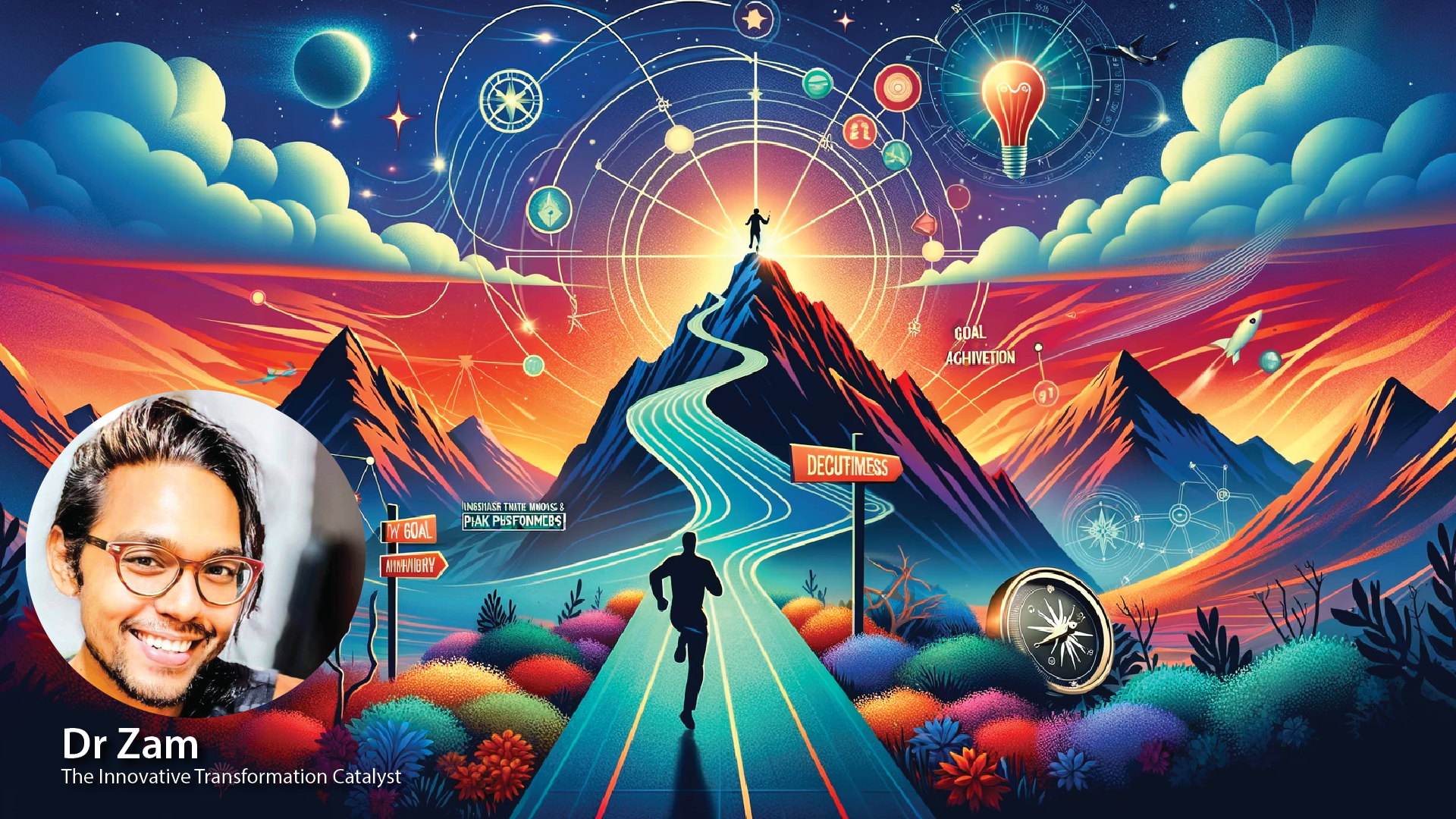
Introduction
In the journey of life, one of the greatest wonders we can experience is finding a partner who brings tranquility, love, and mercy into our lives. This partnership, rooted in mutual respect and understanding, enriches our existence and adds profound meaning to our days. Reflecting on these blessings can help us appreciate the value of our relationships and inspire us to nurture them with care and devotion.
Understanding Tranquility in a Relationship
Tranquility in a relationship is about finding a sense of peace and calm with your partner. It means feeling safe and secure, knowing that your partner supports you through life’s ups and downs. This tranquility allows for open communication, reduces stress, and fosters a harmonious living environment.
How to Foster Tranquility:
- Open Communication: Regularly share your thoughts and feelings with your partner. Being open and honest helps to build trust and understanding.
- Conflict Resolution: Approach conflicts with a calm and rational mindset. Aim to resolve issues amicably rather than letting them fester.
- Quality Time: Spend meaningful time together, engaging in activities that both enjoy and find relaxing.
The Power of Love in a Relationship
Love is the cornerstone of any lasting relationship. It’s the driving force that motivates us to care for our partner, make sacrifices, and continuously strive to make them happy. Love in a relationship is expressed through actions, words, and gestures that show appreciation and affection.
Ways to Cultivate Love:
- Acts of Kindness: Small gestures, like making a favorite meal or leaving a loving note, can significantly impact.
- Affirmations: Regularly affirm your love and appreciation for your partner through words and actions.
- Physical Affection: Hugging, kissing, and holding hands are essential expressions of love that help to strengthen the bond.
The Essence of Mercy in a Relationship
Mercy involves showing compassion, forgiveness, and understanding towards your partner. It’s about recognizing their imperfections and loving them despite their flaws. Mercy helps to create a supportive and nurturing environment where both partners feel valued and understood.
Practices to Enhance Mercy:
- Forgiveness: Let go of grudges and forgive your partner for their mistakes. Holding onto anger only harms the relationship.
- Empathy: Try to understand your partner’s perspective and emotions. Being empathetic helps to build a stronger emotional connection.
- Patience: Be patient with your partner’s growth and journey. Everyone has their pace, and showing patience can foster a more supportive relationship.
Reflecting on Your Blessings
Taking time to reflect on the blessings of tranquility, love, and mercy in your relationship can help you appreciate your partner more deeply. It reminds you of the positive aspects of your relationship and encourages you to nurture these qualities.
Steps to Reflect on Your Blessings:
- Gratitude Journal: Keep a journal where you regularly write down the things you are grateful for in your relationship.
- Mindfulness: Practice mindfulness to stay present and appreciate the moments of tranquility, love, and mercy.
- Couples Reflection: Set aside time with your partner to reflect on your relationship’s strengths and discuss how you can continue to grow together.
Conclusion
Finding a partner who brings tranquility, love, and mercy into your life is a true blessing. By fostering these qualities and regularly reflecting on their presence in your relationship, you can build a strong, enduring partnership that enriches both your lives. Remember, the key to a fulfilling relationship lies in continuous effort, mutual respect, and a deep appreciation for the love and support you share.
















